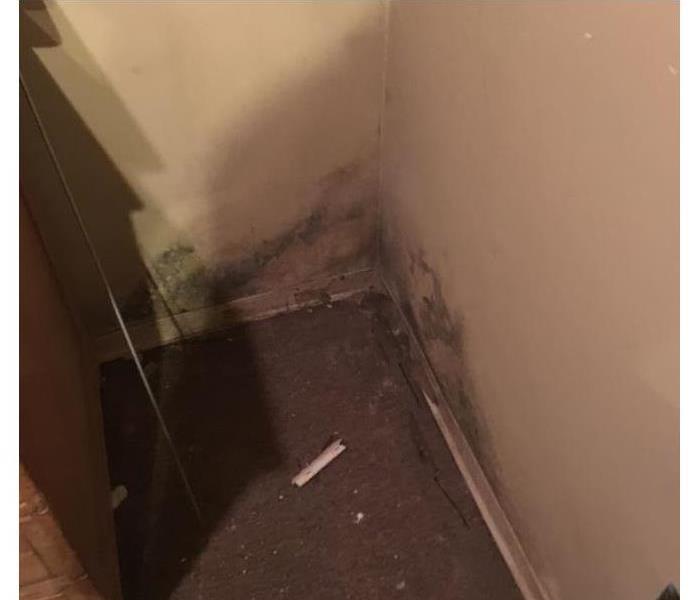Common causes of mold in homes
5/1/2018 (Permalink)
The unfortunate reality is that problematic mold can really pop up anywhere that isn’t dry. Cascone says it sees it most often in attics due to roof leaks, poor air circulation, and bathrooms that ventilate into the attic rather than outdoors; crawl spaces because earthen or gravel flooring allows moisture and spores to rise from the soil; basements that have flooding from foundation leaks or plumbing leaks; and interior living spaces with leaks, bad windows, and high humidity.
Is there a chance I have mold and don’t even know it?
Cascone says there are four criteria that you should be aware of:
- A musty odor is caused during the colonization of some fungal species, but can come and go depending on moisture levels and air current changes.
- If you have water staining or if building materials have discoloration that’s spreading over time… that may be a sign of mold.
- Mold spores that were already present will begin to colonize just 48 hours after a water event.
- Health Effects. If your allergy or respiratory symptoms begin to worsen or if you feel worse in certain indoor environments and better when you leave that space, you may have mold.



 24/7 Emergency Service
24/7 Emergency Service
